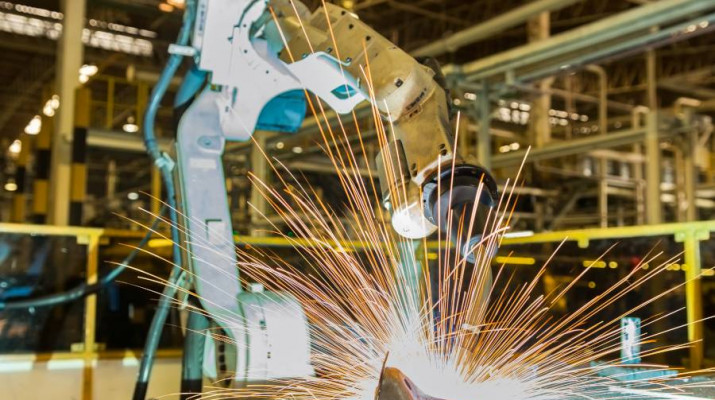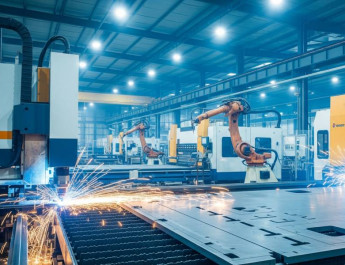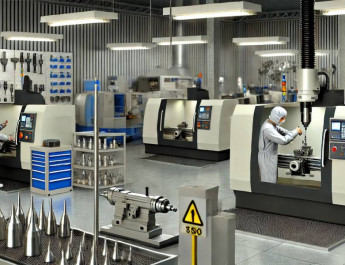Robotization of technological processes in industrial plants is becoming more and more common. Robotic welding allows you to increase work efficiency, reduce production costs and improve work safety.
Advantages of robotic welding
Manual welding is characterized by low efficiency, lack of process repeatability and low quality of welding. Thanks to the use of robotic welding, high-quality welds are obtained that do not require further corrections. The robot ensures repeatability and stability of movement during welding, which affects the precision of the welds. Increasing the welding precision and shortening the working time affects the efficiency, which reduces production costs and generates less material losses.
The introduction of robotic welding increases the safety of employees, as robots replace people working in difficult and dangerous conditions.
The use of robots in welding technology allows for continuous control of welding parameters and the ability to detect irregularities during operation.
The advantages of robotic welding are really many, and the current technology allows for the production of reliable welding robots, which are characterized by low operating costs and easy operation.
Outsourcing of robotic welding services
There are many metalworking companies on the market that specialize in robotic welding. These enterprises have the appropriate technology, machinery and experienced staff at their disposal. Thanks to this, they can provide robotic welding services at the appropriate level and in compliance with quality requirements. For this reason, many manufacturers decide to outsource their production processes related to welding and outsource these works to specialized service providers.
Outsourcing part of the technological process leading to the creation of the finished product allows you to focus on other aspects of production.




